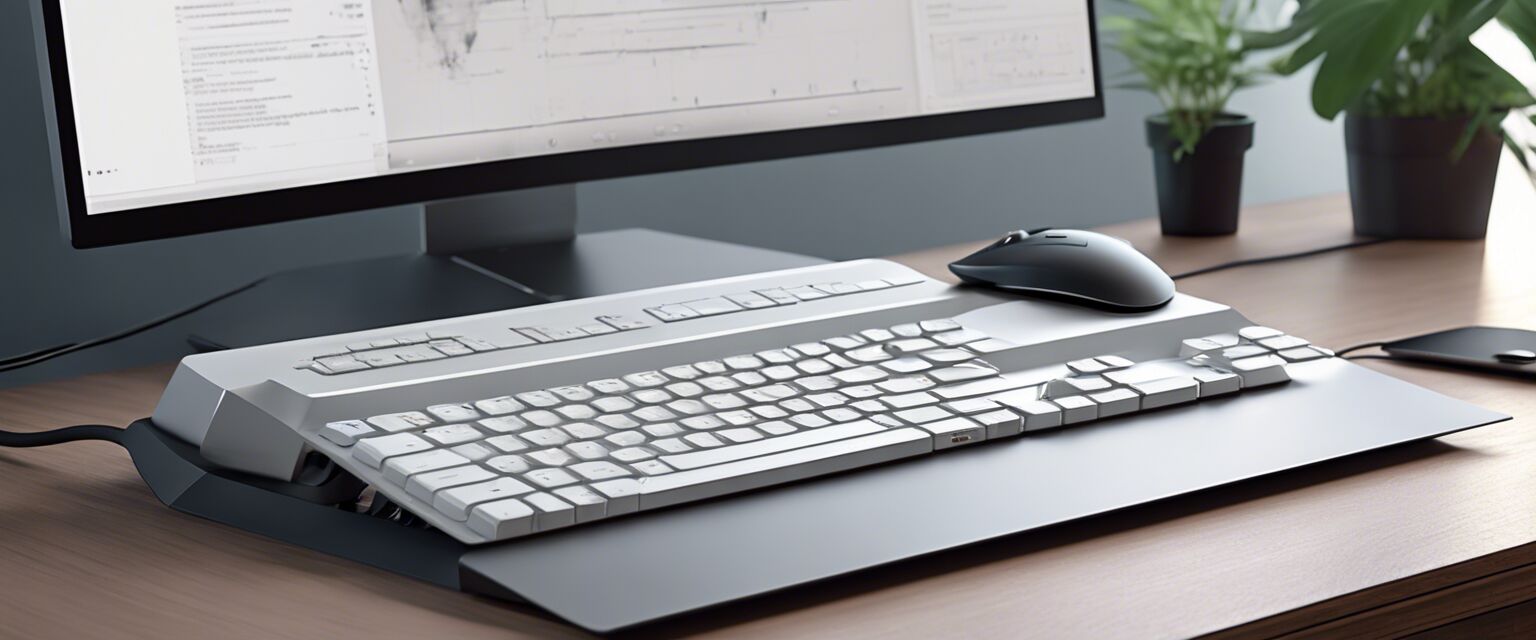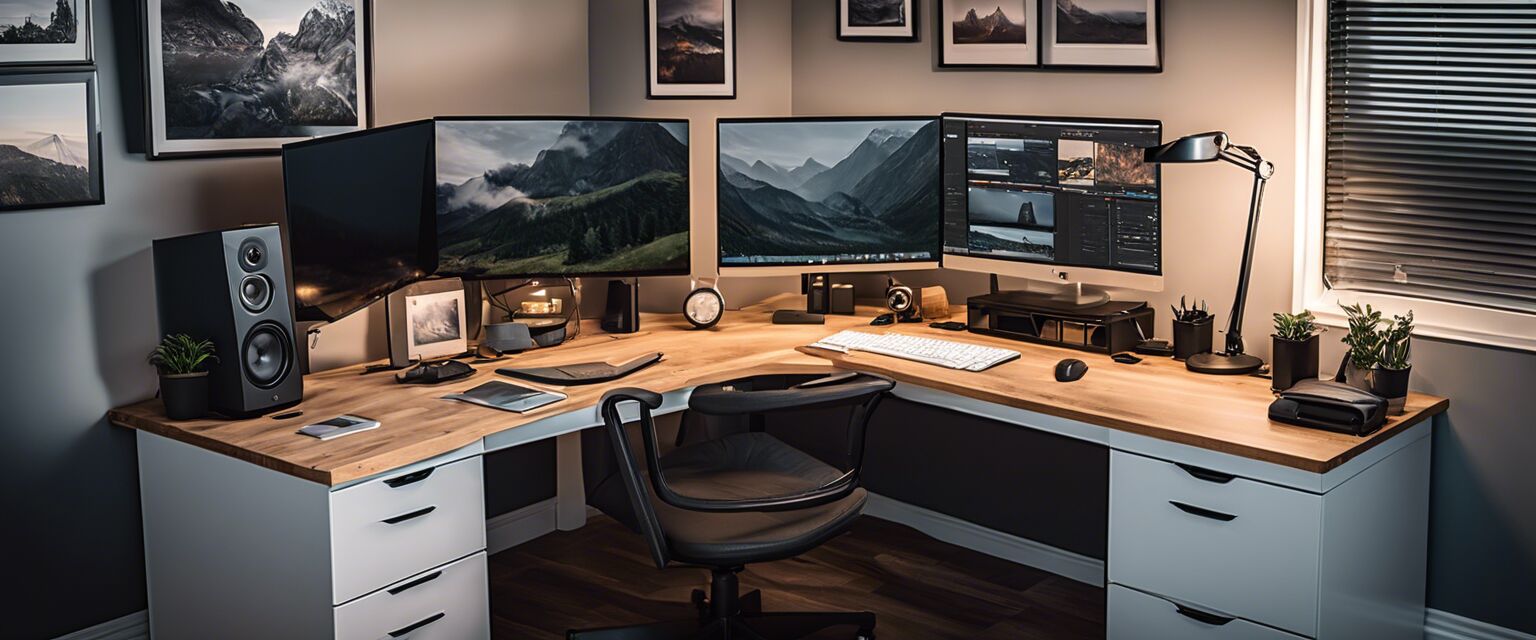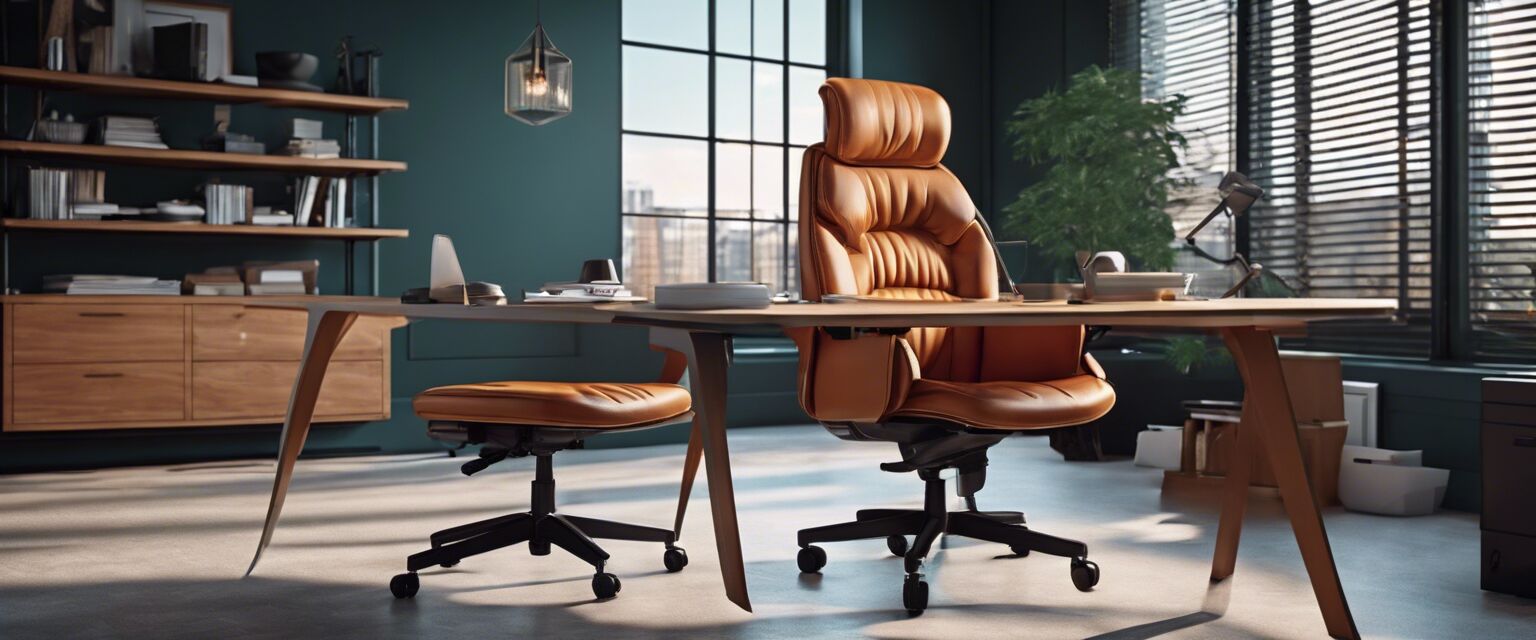
Printers and Scanners
Key Takeaways
- Printers are essential for producing hard copies of documents.
- Scanners are invaluable for digitizing physical documents.
- Choosing the right printer or scanner depends on your specific needs, such as volume, speed, and budget.
- Consider multifunction devices to save space and increase efficiency.
- Regular maintenance and proper settings can enhance performance and longevity.
In today's digital age, having a reliable printer and scanner in your home office is vital for productivity. Whether you need to print important documents or scan physical files for digital storage, the right equipment can make all the difference. This guide covers the key aspects and considerations when selecting printers and scanners for your home office setup.
Understanding printers
Printers have evolved significantly, offering various technologies to suit different needs. Here are the most common types:
| Printer Type | Description | Best For |
|---|---|---|
| Inkjet Printers | Uses liquid ink to produce high-quality color prints. | Photos, graphics, and everyday documents. |
| Laser Printers | Uses toner and a laser beam for fast and efficient printing. | High volume text documents. |
| All-in-One Printers | Combines printing, scanning, copying, and sometimes faxing. | Small spaces and multifunction needs. |
Choosing the right printer for your needs
When selecting a printer, consider the following factors:
- Print Volume: How often will you print? High-volume users may prefer laser printers.
- Print Quality: What type of documents will you be printing? For photos and graphics, inkjet printers are better.
- Budget: Consider both the initial cost of the printer and ongoing costs like ink or toner.
- Connectivity: Look for wireless options for ease of use and integration with multiple devices.
Understanding scanners
Scanners are essential for digitizing documents. Here are the common types:
| Scanner Type | Description | Best For |
|---|---|---|
| Flatbed Scanners | Scan documents and photos by placing them on a glass surface. | High-quality scanning of photos and documents. |
| Sheet-fed Scanners | Automatically pulls documents through a feeder for scanning. | High-volume document scanning. |
| Portable Scanners | Compact and easy to transport for scanning on the go. | Traveling professionals and small office setups. |
Choosing the right scanner for your needs
Consider these factors when choosing a scanner:
- Scan Quality: Look for high DPI (dots per inch) for better detail.
- Speed: Check the pages per minute (PPM) for efficiency.
- Functionality: Some scanners offer OCR (Optical Character Recognition) to convert scanned text into editable formats.
- Size: Ensure the scanner fits your workspace and meets your scanning needs.
Multifunction devices
Considering a multifunction device can save you space and money. These devices typically combine printing, scanning, and copying, making them ideal for home offices. Here are a few benefits:
- Space-saving: Combine multiple devices into one unit.
- Cost-effective: Often cheaper than buying separate devices.
- Ease of use: Streamlined operation with one interface for multiple functions.
Top features to look for in multifunction devices
When shopping for a multifunction device, keep an eye out for:
- Wireless connectivity: Allows you to print and scan from multiple devices.
- Automatic document feeder (ADF): Facilitates efficient scanning and copying of multiple pages.
- Duplex printing: Saves paper by printing on both sides.
Maintenance tips for printers and scanners
To keep your printers and scanners in top shape, follow these maintenance tips:
- Regularly clean the print heads and scanner glass.
- Keep the devices in a dust-free environment.
- Use high-quality paper and ink to avoid jams and poor quality.
- Update drivers and software to ensure compatibility and optimal performance.
Comparing printers and scanners
Here's a comparison table of some essential factors to help you decide:
| Feature | Printer | Scanner |
|---|---|---|
| Print Quality | High for photos and graphics | N/A |
| Speed | Varies by model | Varies, generally faster for sheet-fed |
| Functionality | Prints documents | Scans documents and images |
| Cost of Consumables | Ink or toner costs | N/A |
Tips for beginners
- Start with a clear understanding of your printing and scanning needs.
- Research and read reviews to find the best devices for your budget.
- Visit our Printers & Scanners page for more insights.
- Consider investing in a warranty or service plan for long-term savings.
Pros
- High-quality printing and scanning options available.
- Multifunction devices save space and money.
- Wide variety of options for different budgets and needs.
- Ongoing advancements in technology improve performance.
Cons
- Ongoing costs for ink, toner, and paper.
- Some models may require frequent maintenance.
- Initial investment can be high for high-quality devices.
- Compatibility issues may arise with certain software or operating systems.
Conclusion
Finding the right printers and scanners for your home office is essential for productivity. By understanding your needs and exploring various options, you can make informed decisions and create an efficient workspace. For more information on optimizing your home office setup, check out our Computer Peripherals page.








